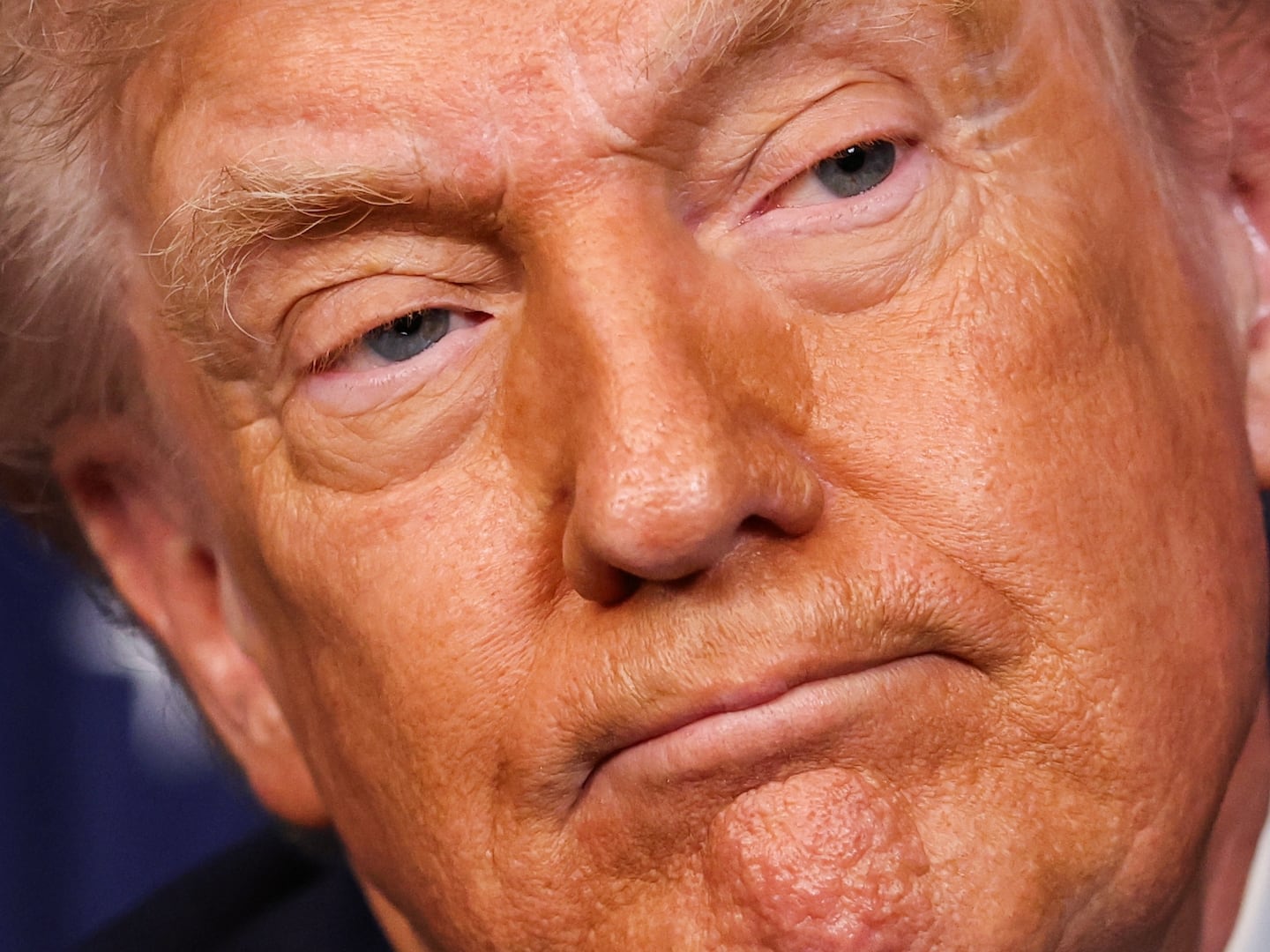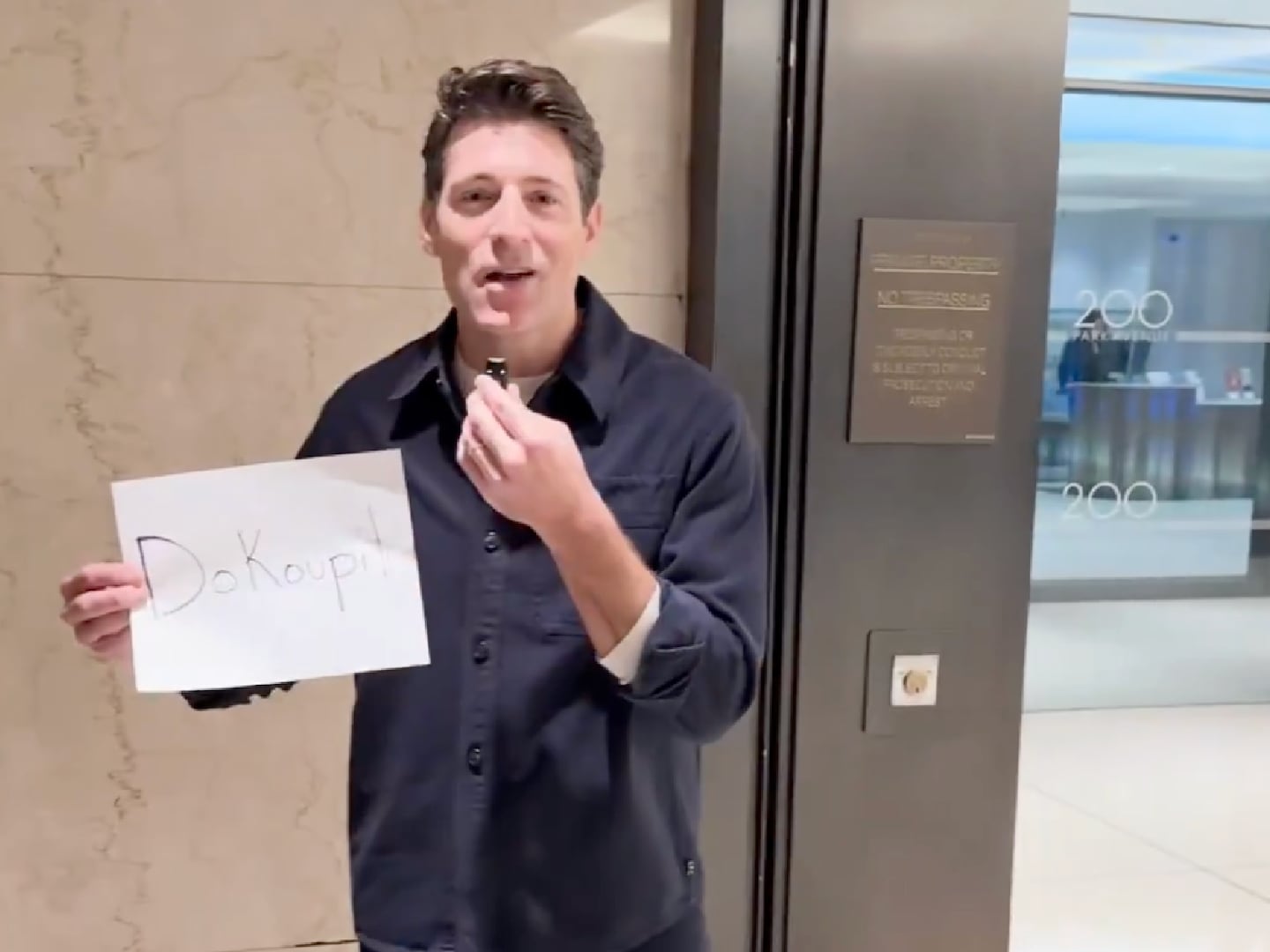The Church of Jesus Christ of Latter-day Saints is approaching an LGBT crossroads.
The faith, commonly known as the Mormon church or LDS church, recently rolled back a November 2015 statement that declared same-sex marriage to be an act of apostasy and placed restrictions on children of same-sex couples who wish to be baptized. (Lest one think this constitutes a full reversal of the LDS church’s anti-LGBT positions, however, a top leader reiterated that same-sex marriage is still seen as “a serious transgression.”)
But a growing number of Mormons are becoming more progressive than their spiritual leaders on issues like same-sex marriage. No one knows that better than Nathan Kitchen, president of the Affirmation support organization for LGBT Mormons, which now serves about 6,000 people at its conferences.
When Kitchen came out as gay to his Mormon family six years ago, he told The Daily Beast, “half of my brothers and sisters were not affirming [and] it was difficult for my parents.” Now, Kitchen is engaged to be married in November—and his whole family will be there.
“If someone would have told me that five, six years ago when I came out, I would not have believed it,” said Kitchen.
There is empirical data to back up Kitchen’s experience: According to surveys conducted by the Public Religion Research Institute, Mormon opposition to same-sex marriage fell from 68 percent to 53 percent from 2013 to 2017.
That may well below the current strong majority support for same-sex marriage in the United States overall—but as The Salt Lake Tribune noted in its analysis of PRRI data, millennial Mormons have now crossed the 50-percent support threshold.
In fact, in a large-scale study she conducted for her book The Next Mormons: How Millennials are Changing the LDS Church, author Jana Riess found that LGBT issues are the third most common reason why millennials leave the faith. (As a transgender ex-Mormon myself, I can certainly relate to that sentiment.)
The LGBT millennial Mormon exodus is understandable. Even though the LDS church rolled back its November 2015 policy two weeks ago, top leaders still teach that same-sex sexual activity is sinful. Transgender members face potential discipline, too. The severity of the Mormon church’s LGBT positions may have been adjusted but it is still far from being an LGBT-affirming faith.
Still, an increasingly vocal contingent of LGBT Mormons are holding out hope that their faith may one day more fully accept them. From his vantage point, Kitchen believes that that LGBT Mormons who stay in the faith can “find themselves being bridge builders and having some really good constructive interactions with church members.”
“But those that go, I salute [them], I understand, I know why that needs to be—there’s no reason to hang around and wait for happiness at some distant point in the future,” he said.
Reached for comment for this story, the LDS church referred to its statement on the rollback of the November 2015 policy, in which leaders stopped short of apologizing for the policy, but said, “We want to reduce the hate and contention so common today.”
“We are optimistic that a majority of people—whatever their beliefs and orientations—long for better understanding and less contentious communications,” said Mormon apostle Dallin H. Oaks. “That is surely our desire, and we seek the help of our members and others to attain it.”
When the 2015 policy was first rolled back earlier this month, Kitchen felt an initial relief that the pain so many in Affirmation felt would now be at least partially allayed.
In practice, the policy had led to familial separation and trauma for LGBT Mormons. But after the surprising announcement had time to sink in, Kitchen’s views shifted.
“We can never go back as a community,” he said, “because this event changed us. We move forward, I think, stronger and more resilient and more aware of ourselves because of what we lived under in the past three and a half years in the church.”
Instead of waiting around for more statements or rollbacks, Kitchen added, he wants to keep building a community of LGBT Mormons and former Mormons who stand strong together—and allow policy announcements to come if and when they may.
“I know that lobbying the church does not work,” he told The Daily Beast. “They’re going to do what they’re going to do. But what we’re doing is just saying, ‘See me, hear my story.’”
“I think that we need to be proud of what we’ve endured and what we’ve been through,” Kitchen continued, “and realize that we can move forward personally regardless of what the church says.”
For those closely watching the LDS church’s positions on LGBT issues, the decade following the faith’s involvement in California’s Proposition 8has been a rollercoaster. The church, which can have a strong influence on Utah state politics, opposed same-sex marriage but in 2015 supported a successful compromise law that granted crucial non-discrimination protections to LGBT people with some religious exemptions.
The following year, the church issued a statement opposing conversion therapy—but also effectively torpedoed the chances of an LGBT-inclusive hate crimes bill. This year, however the hate crimes bill finally passed thanks to the efforts of advocacy groups like Equality Utah and to the church’s fading opposition to the law.
LGBT advocates in Utah have been drawing the LDS church’s attention to the unusually high rate of youth suicide in the state, which they believe is driven in large part by the rejection of LGBT youth. At the same time, the support group Encircle has opened centers for LGBT families and youth in both Provo, Utah and Salt Lake City.
This budding support amid all the heartache and turbulence has left Kitchen feeling hopeful: “I’m very optimistic because I really am seeing that parents, especially nowadays, they don’t want to leave their children behind.”
Affirmation, too, has seen growth in its reach, both at its conferences and on Facebook.
“The reach is growing because the interest is growing, both not only in the community but outside of the community,” said Kitchen.
But whether that growing LGBT support leads to substantive policy change remains to be seen. Earlier this year, United Methodist Church leaders arrived at a heartbreaking split on LGBT issues—but ultimately chose to shore up anti-LGBT policies, leading to outrage and sorrow for LGBT-affirming members and congregations.
As support for same-sex marriage and transgender rights grows within the faith, the Mormon church could be headed for a similar moment of reckoning. Even as millennial Mormons pull the membership left, the faith’s top leaders, known as apostles—who are currently an average of 71 years old—belong to either the Silent Generation or the Baby Boomer generation, both of which are much less accepting of LGBT people.
That’s why Kitchen isn’t pinning his hopes to policy change—but rather to the community of LGBT Mormons he wants to keep building.
“I don’t want to just sit around and wait for something like that,” he said of possible future LGBT reforms. “The leaders of the church need to get that answer—and meanwhile I’m going to be me, and I’m going to draw my friends, my family, and my community into my circle of love. That’s where I focus.”







